Category: Healthcare
-

Huntington’s Disease: A Genetic Tragedy of the Brain
Huntington’s disease is a rare, inherited brain disorder that damages movement, cognition, and mental health. Caused by a genetic mutation, it worsens over time with no cure, but research into gene-silencing, neuroprotection, and biomarkers brings hope for future treatments alongside supportive, multidisciplinary care.
-

Autism Spectrum Disorder: The Diversity Within Neurodiversity
Autism Spectrum Disorder (ASD) is a complex neurodevelopmental condition characterized by persistent difficulties in social communication and interaction, with restricted, repetitive behaviors and interests. ASD varies widely in severity and presentation, affecting individuals across all backgrounds. Early intervention improves outcomes, but ASD is lifelong and requires personalized support.
-
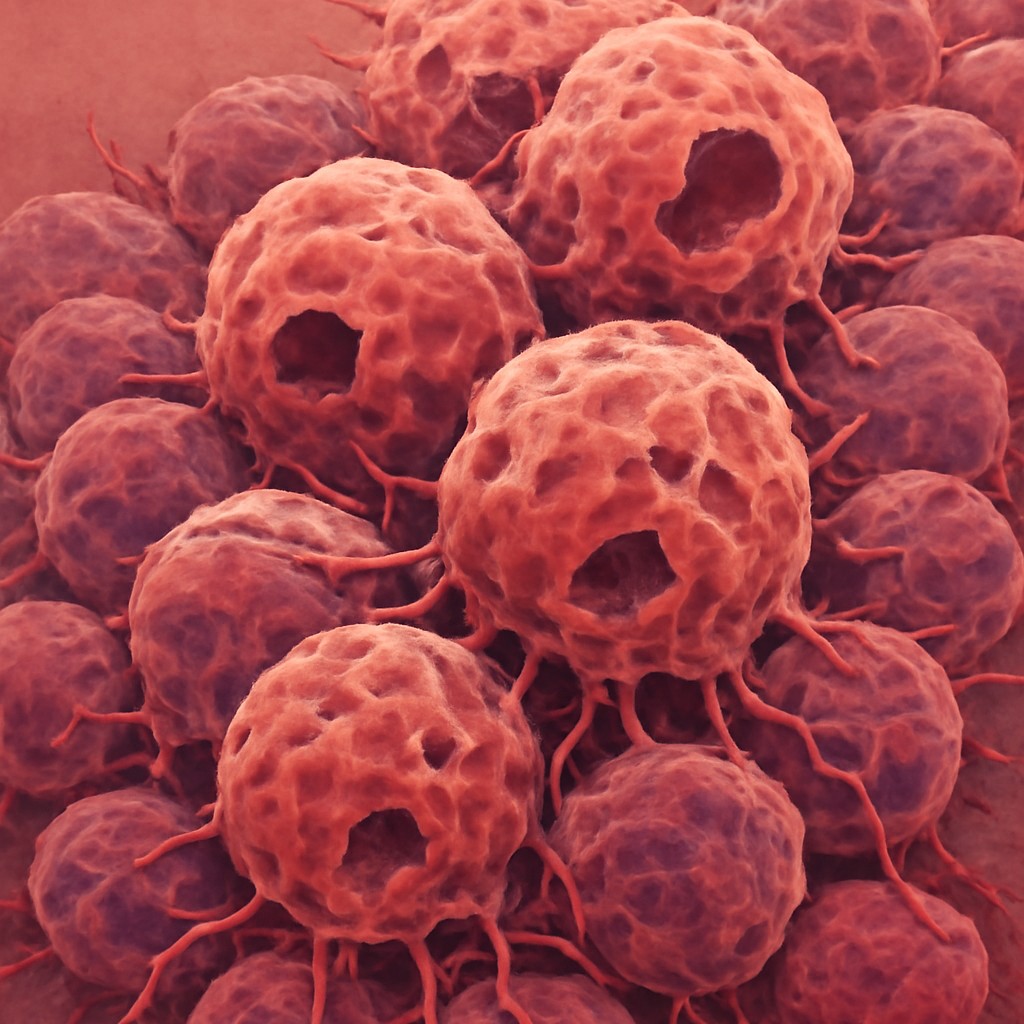
Carcinogenesis Explained: What Everyone Should Know About Cancer
We all have had our fair share of association with the disease that cancer is. Cancer develops as genetic and cellular controls fail, allowing unchecked cell growth. Recognizing carcinogenesis enables prevention, early detection, and personalized treatment, improving survival and quality of life worldwide.
-
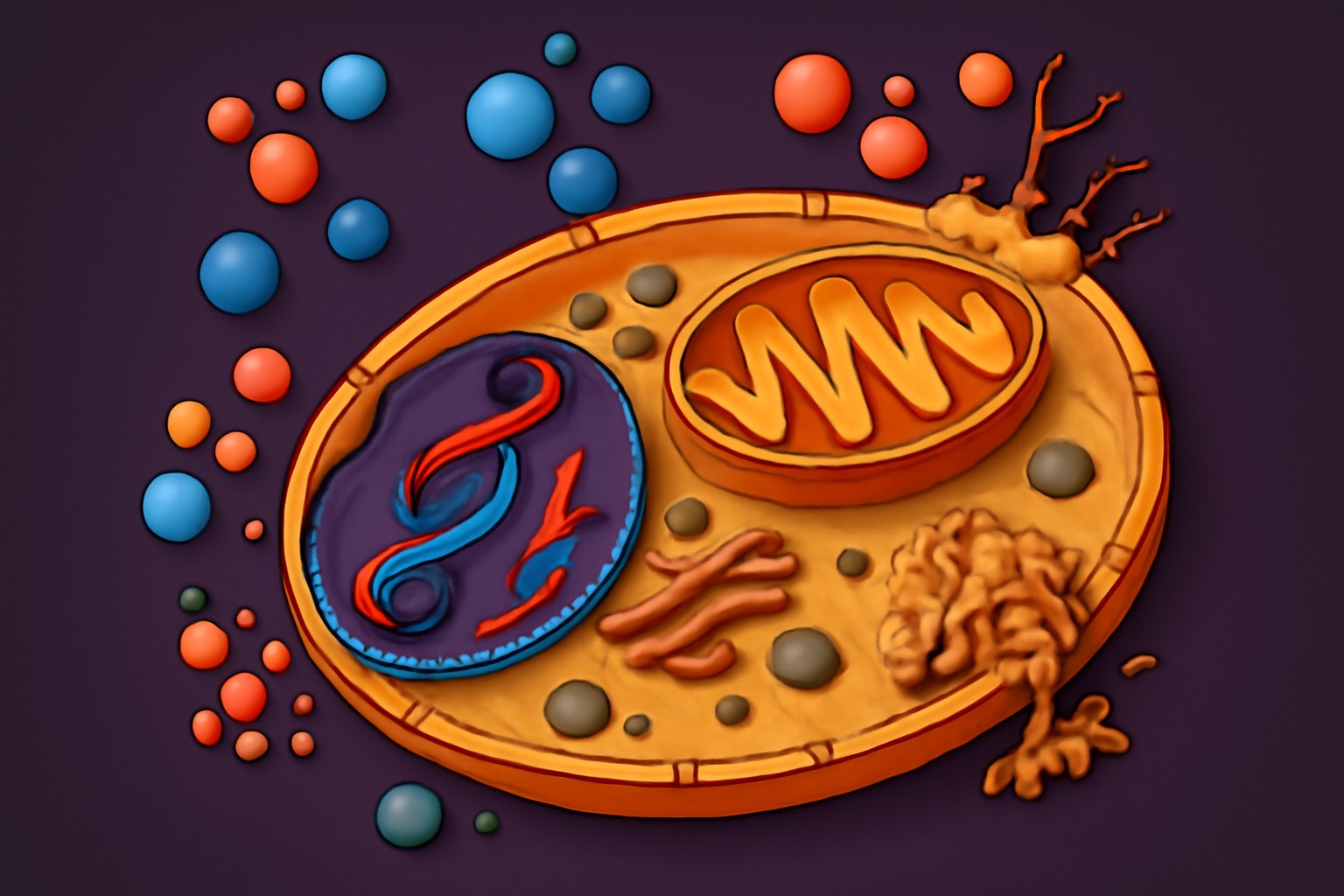
The Double-Edged Sword: Understanding Reactive Oxygen Species and Oxidative Stress
Reactive Oxygen Species (ROS) are vital for cell signaling but harmful in excess, causing oxidative stress that damages cells and contributes to aging and diseases. Maintaining balance through antioxidants and healthy lifestyle choices is key to protecting cellular health and preventing chronic conditions.
-
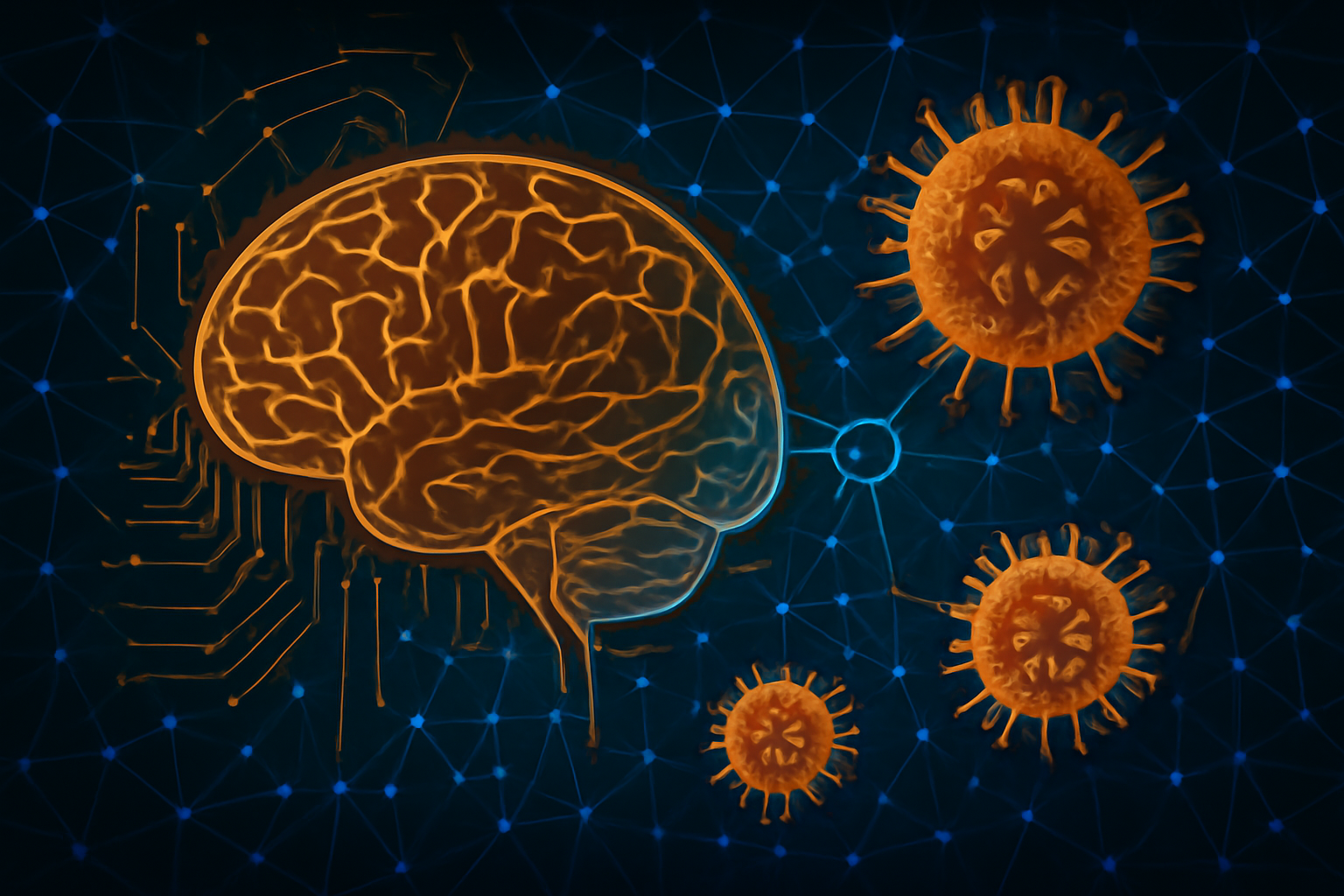
Neuroimmunology Unveiled: The Dynamic Dance of Brain and Immunity
The brain and immune cells are always in dynamic communication, interacting not just when illness or injury occurs, but throughout a person’s life, even in good health. Neuroimmunology explores how the nervous system and the immune system influence each other’s development, balance, and responses, and how their miscommunications can initiate neurological dysfunction.
-

Disease Modeling: Recreating Illness to Conquer It
Has it ever occurred to you how we can study diseases without endangering human lives? Disease modeling makes this possible by recreating illnesses under controlled conditions—whether in cells, animals, or computers—to understand what drives disease and how we might intervene more effectively.
-
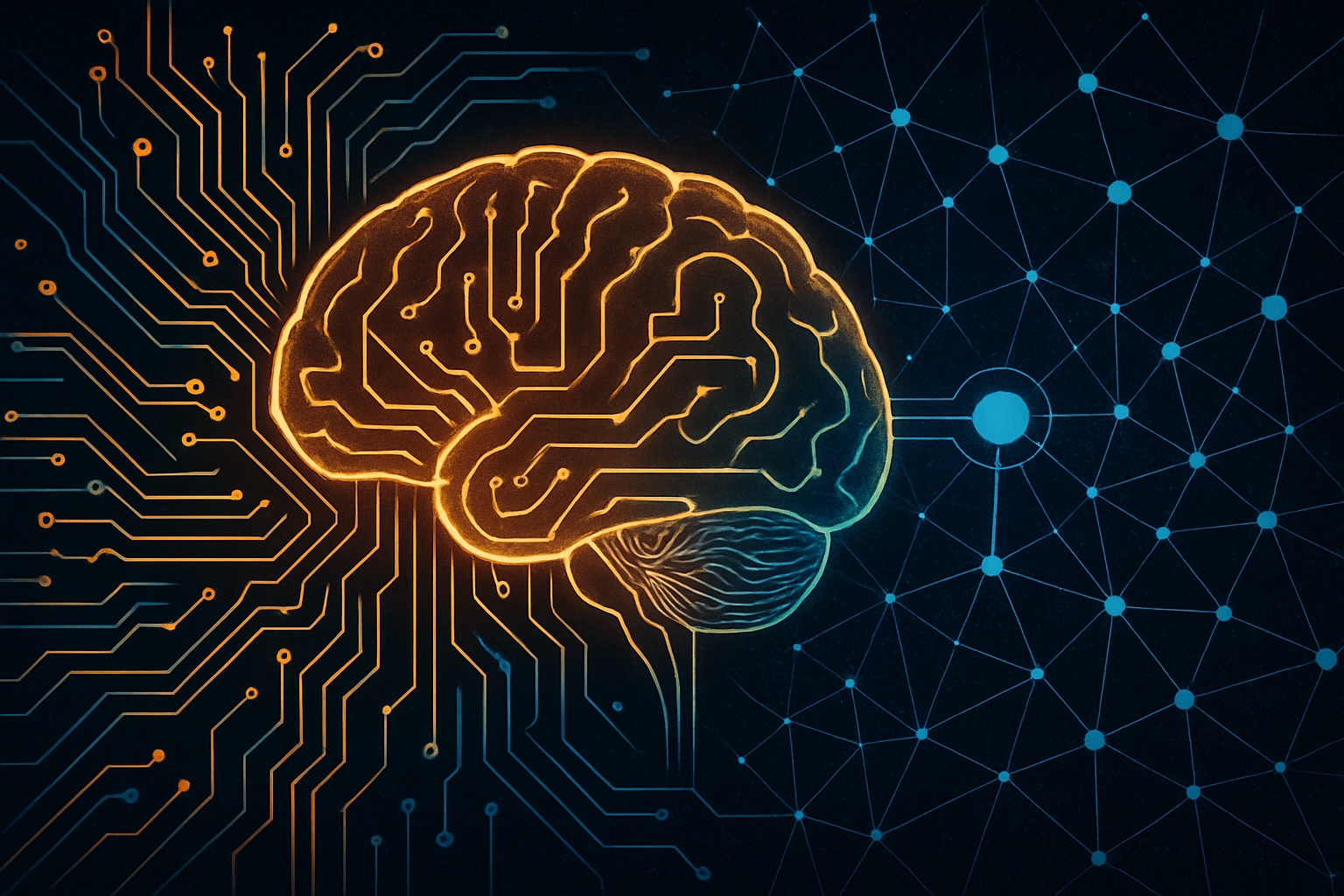
Neuroengineering: Bridging the Brain and Technology
Neuroengineering, alternatively referred to as neural engineering, uses the concepts and techniques of engineering to fill in the gap between our growing knowledge of the brain’s complex operations and the creation of useful technologies that can diagnose, heal, or enhance neurological function.
-

Immunotherapy: Harnessing the Body’s Own Power to Fight Disease
In modern times, immunotherapy has revolutionized medical treatment and is being used to address a wide spectrum of diseases. Unlike traditional treatment methods that directly interact with the disease-causing agents, immunotherapy alters one’s own immune system to empower the body’s natural defense mechanisms for health restoration.
-
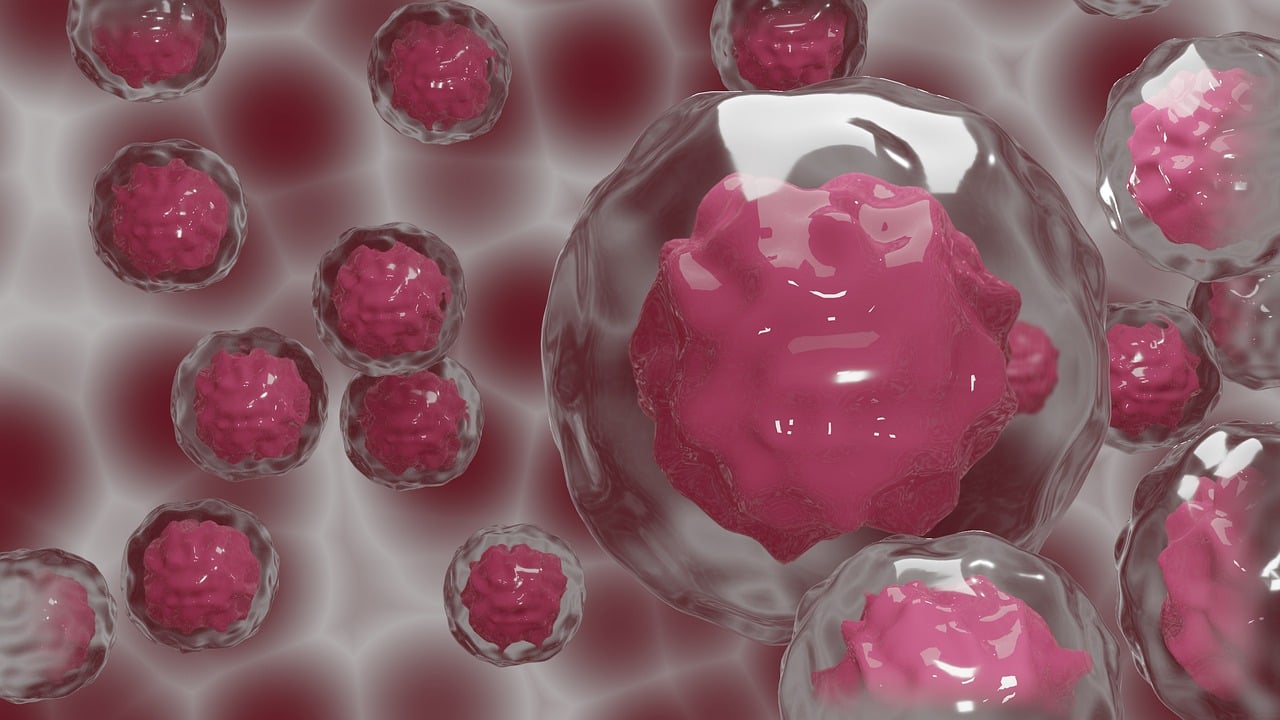
Organoids and Stem Cell-Derived Cultures: Miniature Organs, Major Breakthroughs
Organoids are multicellular organ-like structures made from stem cells that self-assemble and replicate the architecture, cellular complexity, and sometimes the function of actual organs, all in the lab. For many decades, scientists have used flat, two-dimensional cell cultures—easy, but far from the complexity of natural tissues. Organoids and similar stem cell-derived models fill this gap.
-
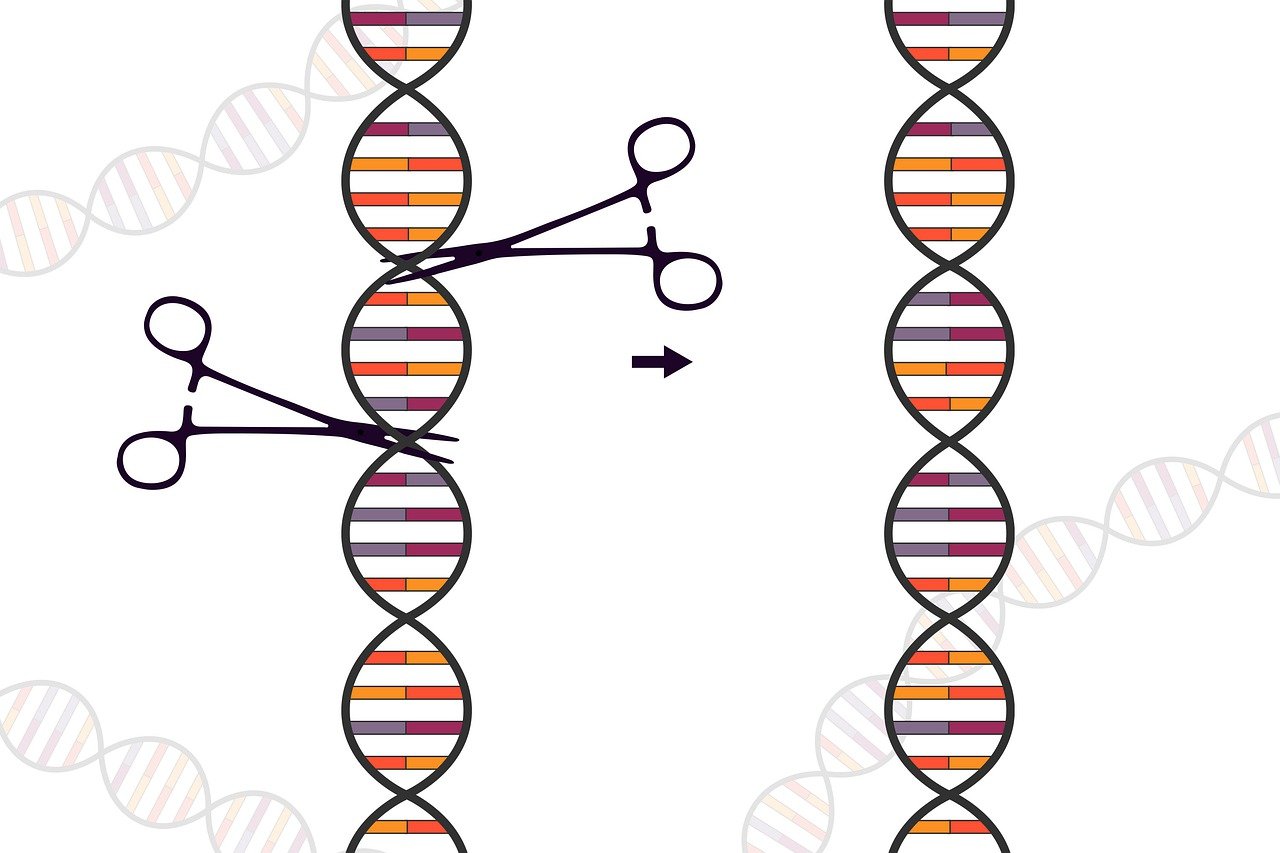
CRISPR-Cas Systems: Microbial Memory Meets Molecular Precision
CRISPR means Clustered Regularly Interspaced Short Palindromic Repeats, while Cas denotes the CRISPR-associated proteins that serve as molecular protectors. Together, they create a living repository and a set of tools for natural, adaptive immune response found in bacteria and archaea. CRISPR-Cas systems also allow us to interpret, compose, and modify the blueprint of life.